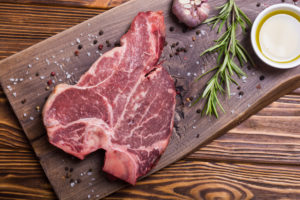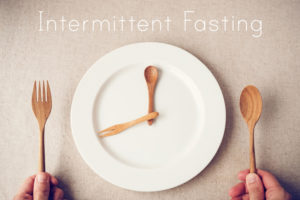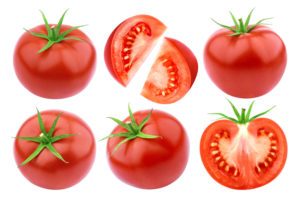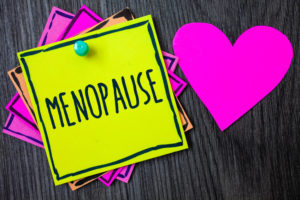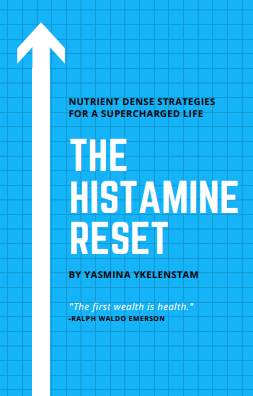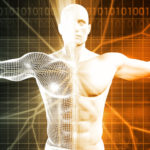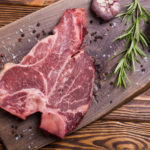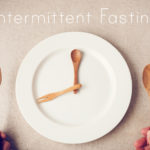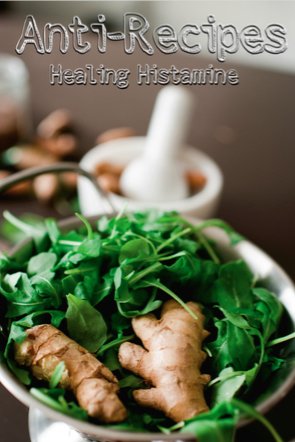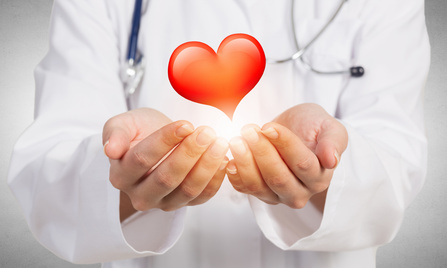
For some time excess histamine in the heart has been known to play a role in heart failure and other less severe presentations like palpitations and arrhythmia (irregular heartbeat). In particular, histamine binding to the H2 receptors found in the heart may contribute to hypotension (low blood pressure) and flushing. Histamine is naturally found in high concentrations in the heart. A few small studies find that H2 receptor blockers (meds that fight stomach acid), proton pump inhibitors (also for digestive issues and mast cell disorders) and the most commonly prescribed mast cell stabiliser sodium cromolyn, may be effective in helping prevent heart failure [1].
The histamine receptors seem created to balance each other out in the heart, with the H1 receptor causing vasoconstriction and the H2 receptor causing an increase in heart rate and vasodilation. This may explain why some of [1a] us suffer from low blood pressure and others of high pressure, or those (like me) who have swung back and forth.
CLICK HERE FOR A FOUR WEEK HISTAMINE RESET WITH MEAL PLANNERS, STRESS RELIEF STRATEGIES & MORE
Vasodilation of the heart caused by histamine binding to the H2 receptor may have been behind symptoms of anxiety I suffered since the age of 11 or so. As immunologist and histamine researcher Dr. Janice Joneja shared in my interview with her on the basics of histamine intolerance:
“Histamine has many functions in the body. One of the functions it performs is that it is a vasodilator, which means it widens blood vessels. With the widening of the blood vessel, what happens then is that there is less resistance to the heart pumping blood through the body – it’s like widening a hose and you get less resistance to the water as it’s pumped through, so the heart speeds up in order to get the same volume of blood through these widened channels. So you get a tachycardia, but first of all you get a drop in blood pressure, so that’s first in the histamine response, a drop in blood pressure, increase in heart rate, and then as the blood courses through the body, you get flushing and a rise in body heat and so on and so forth, reddening, and, of course, this triggers that panic attack feeling in a person and I’ve had people go to the emergency room thinking they are having an anaphylactic reaction, thinking they’re having a heart attack – all sorts of things. And actually, it’s excess histamine because of the widening of the blood vessels and the increase in the heart rate – and on a low histamine diet, the panic attacks have gone away,” she said.
You’ll find the full interview here.
Given that we know histamine is found in the heart, and H2 receptor blockers may help prevent heart failure, it was interesting to find some more research on second generation H1 receptor antihistamines causing a potentially fatal ventricular arrhythmia. The antihistamines terfenadine and astemizole, in patients taking other medications concurrently that impaired the liver in some way, or in an overdose scenario, caused the potentially fatal adverse effect, whereas other second generation antihistamines including loratadine, fexofenadine, cetririzine and azelastine have not been found to [2], except in an isolated suspected case published in the Medical Journal of Australia where a 43 year old woman was found to suffer a cardiac episode following a single loratadine pill [3].
All this research helps me understand why my anxiety, life long palpitations and low/high blood pressure (often swinging back and forth within minutes) cleared up within months of changing my diet. I’m not saying that a change of histamine levels in your diet is going to heal or prevent heart failure, but rather that making nutritional changes that feed the body the best fuel for preventing ill health generally, combined with an antihistamine and anti-inflammatory approach overall, may give us a leg up on excellent health.
My diet generally, as you can tell from the recipes in this blog, is naturally high in H1 and H2 histamine blockers. In any given recipe I’ll combine up to 10 antihistamine foods working on both receptors. Though much of the information we find nowadays is from studies conducted on animals (as it is in medical studies for pharmaceuticals also), I’ve definitely found that my bioflavonoid rich diet has eradicated nearly every symptom I suffered from. Sure, I still get a headache here and there, sometimes tinnitus kicks off, and other times my hour and a half of daily yoga five days weekly leaves me pretty pooped. But I’m 40! I’m choosing not to focus on the negative and just live a life not focused on the remaining things that may be a little annoying.
Instead I spend that saved time on researching more foods to add my books and diet. Great examples of what I do are in the Man Food and Anti-Cookbook, both of which are almost exclusively made up of antihistamine and anti-inflammatory ingredients.
Here are some of the foods I include in my diet:
Natural H1 blockers: cilantro, basil, thyme, ginger, onion, mangosteen, nigella sativa
Natural H2 blockers: holy basil and ginger, both of which are as effective as ranitidine/zantac
Natural mast cell stabilisers: quercetin and luteolin, found in most of the foods in my books (cilantro, basil, thyme, ginger, onion, mangosteen, apple, broccoli)
You’ll find recipes full of foods with antihistamine and anti-inflammatory properties my books Anti-Recipes and The Anti-Cookbook
CLICK HERE FOR A FOUR WEEK HISTAMINE RESET WITH MEAL PLANNERS, STRESS RELIEF STRATEGIES & MORE
————————— REFERENCES ————————————
[1] Francis, G., & Tang, W. (2006). Histamine, Mast Cells, and Heart Failure. Journal of the American College of Cardiology, 48(7), 1385-1386.
[1a] Felix, S. B., Baumann, G., Helmus, S., Sattelberger, U. (1988) Basic Research in Cardiology, 83(5), 531-539
[2] DuBuske, L. (1999). Second-generation antihistamines: The risk of ventricular arrhythmias. Clinical Therapeutics, 21(2), 281-295.
[3] Kuchar, D.L., Walker, B.D., Thorburn, C.W., Ventricular tachycardia following ingestion of a commonly used antihistamine. Med J Aust 2002; 176 (9): 429-430.


